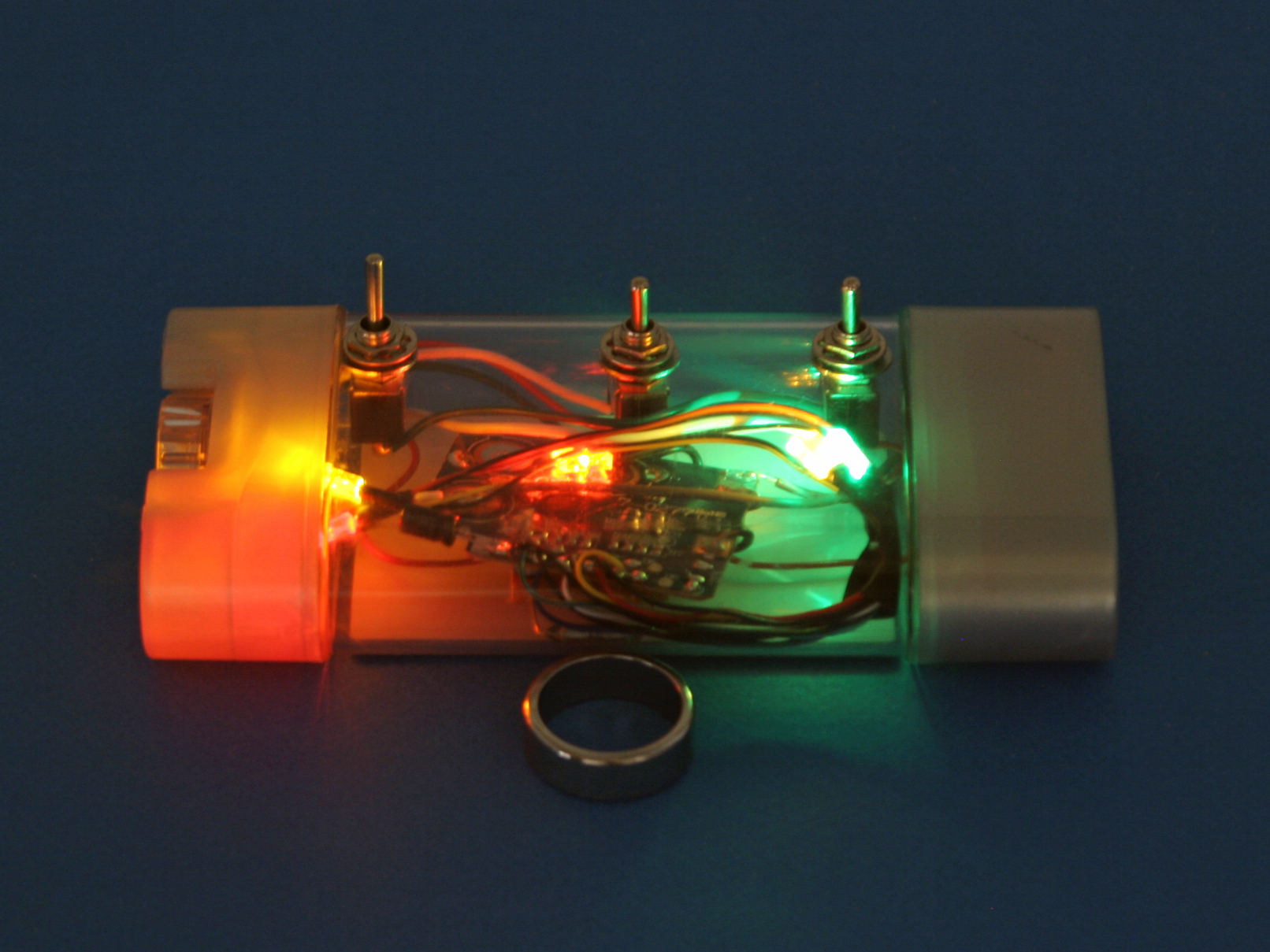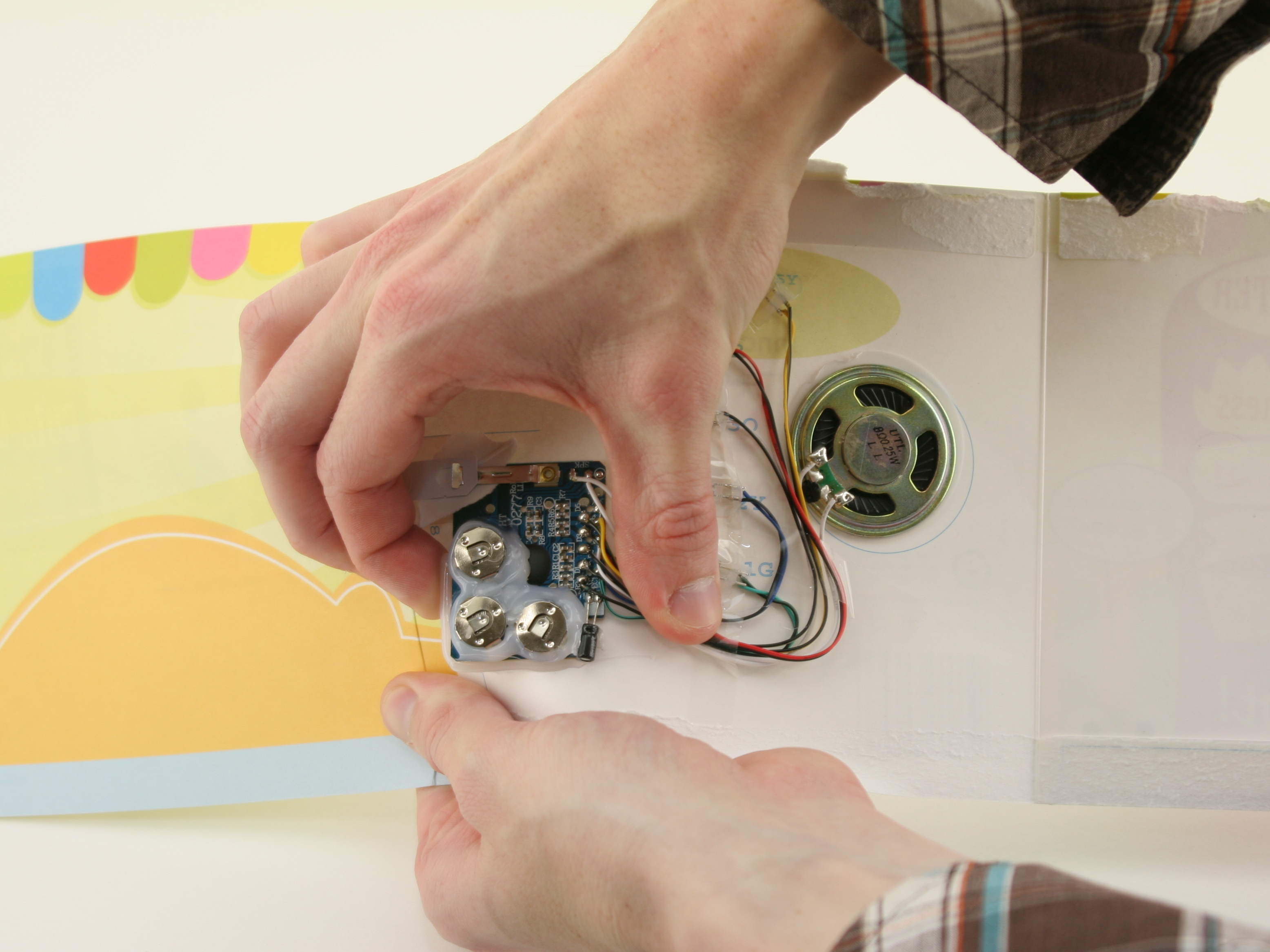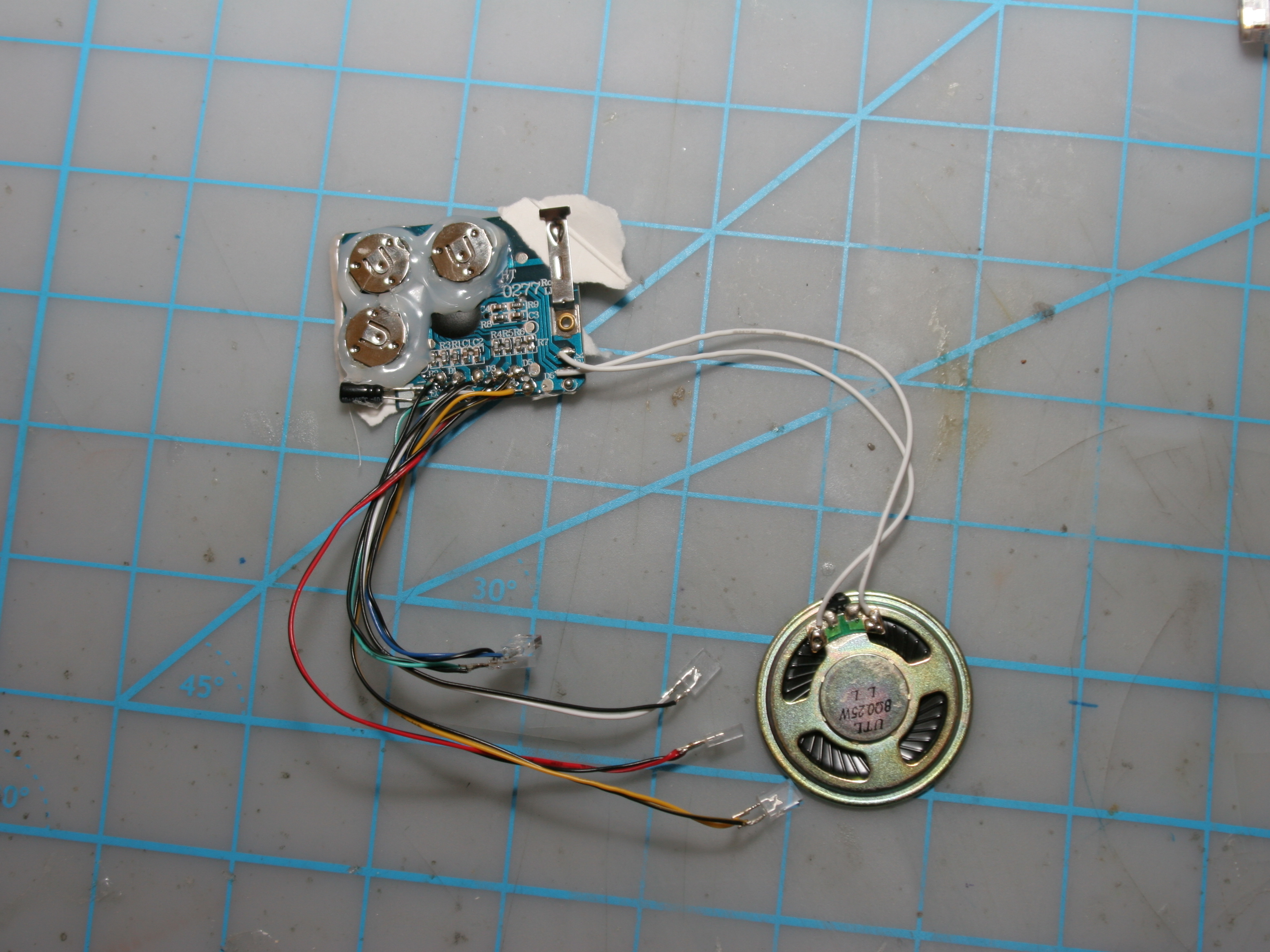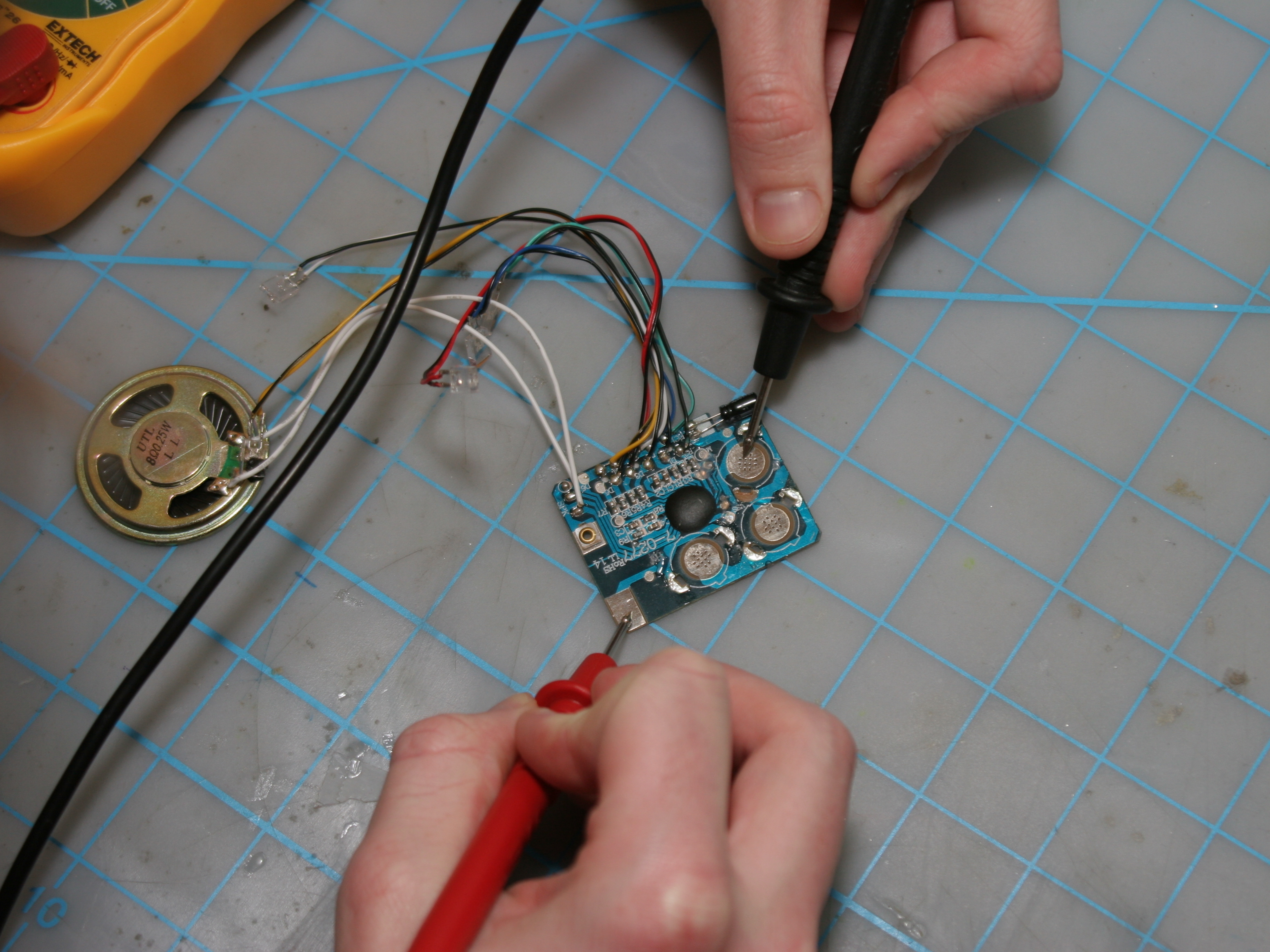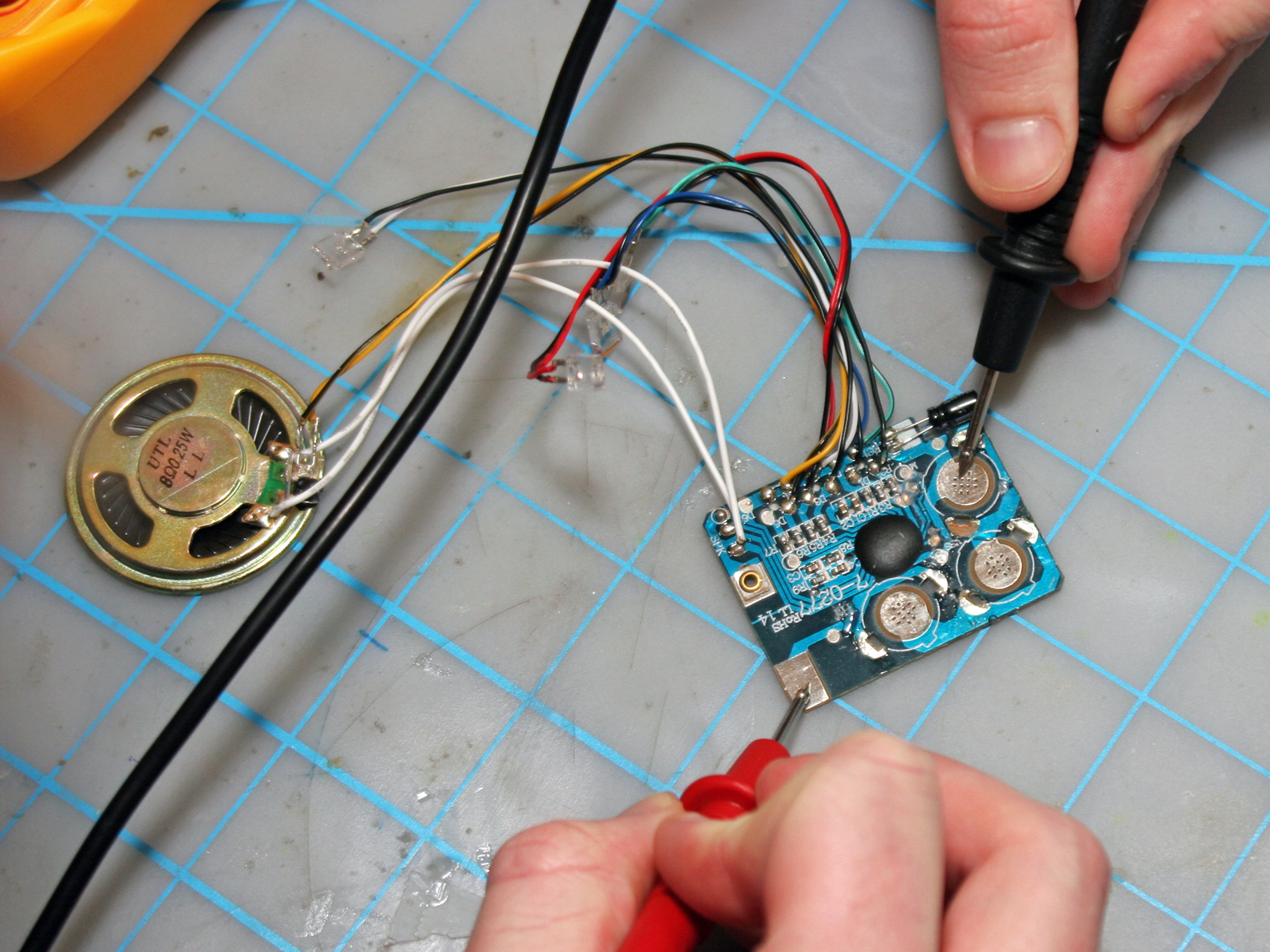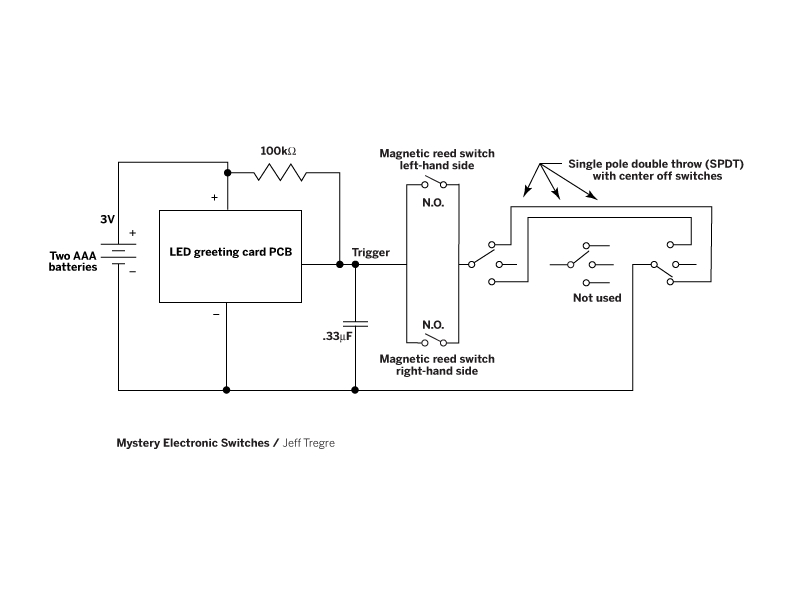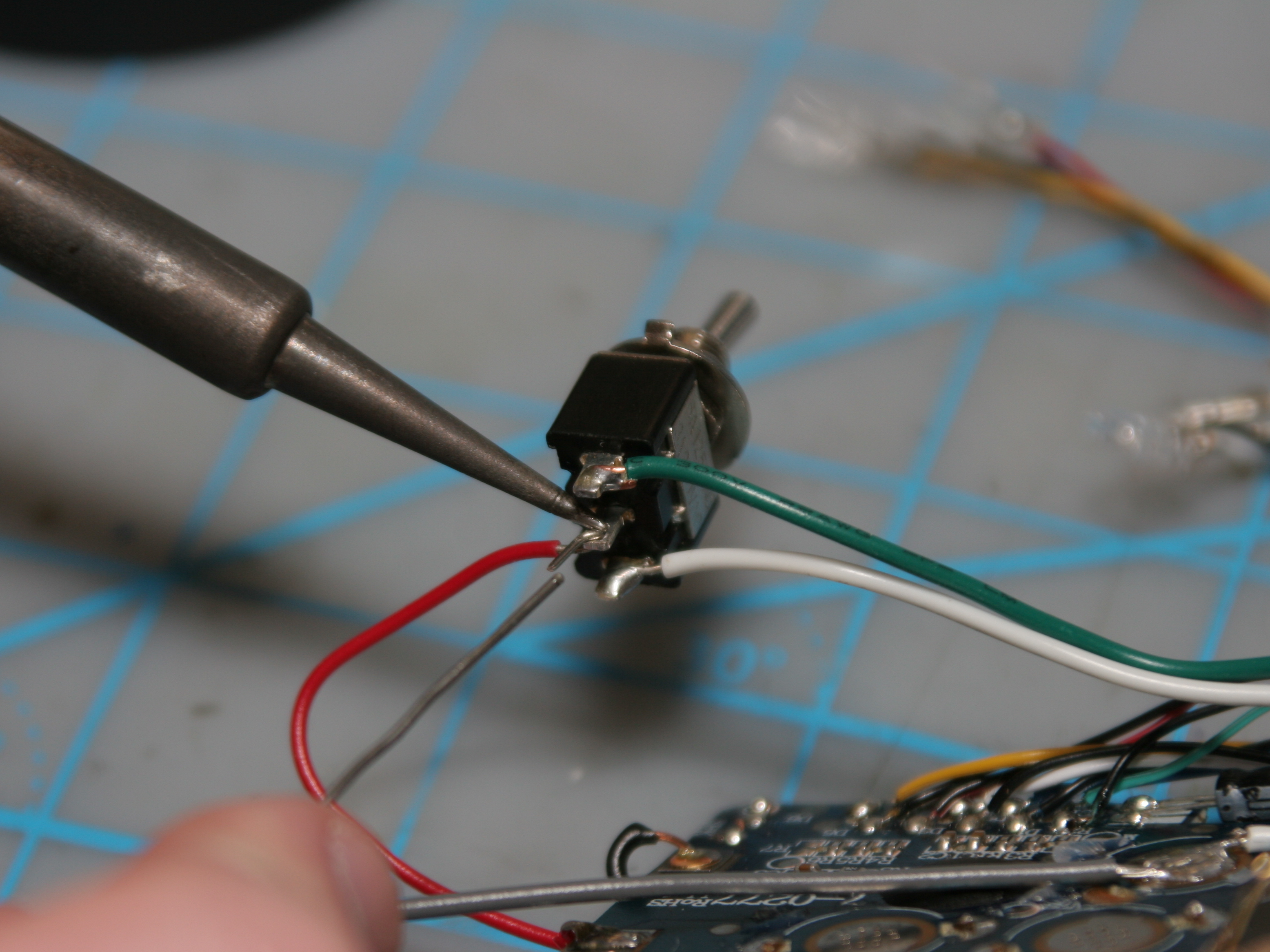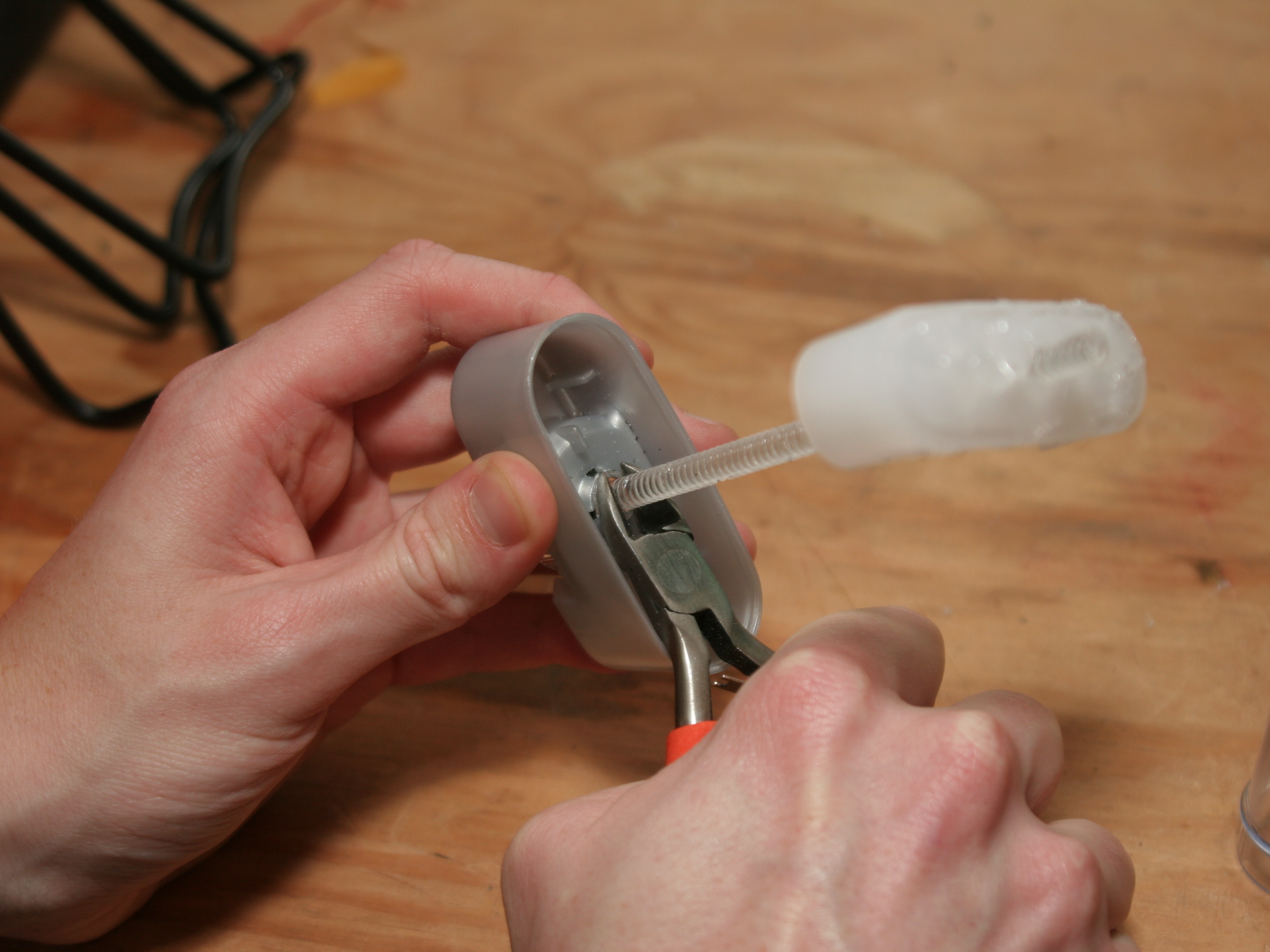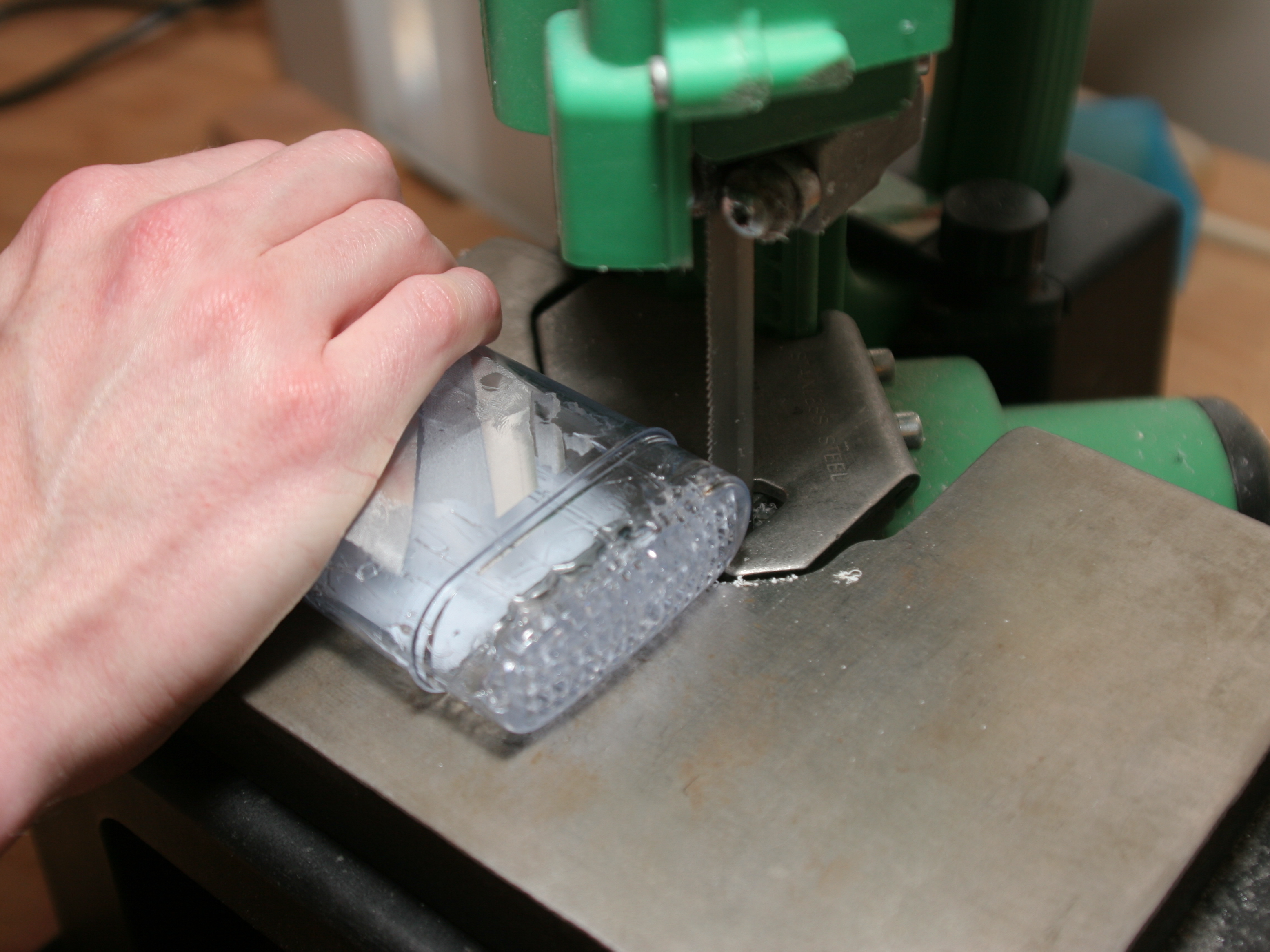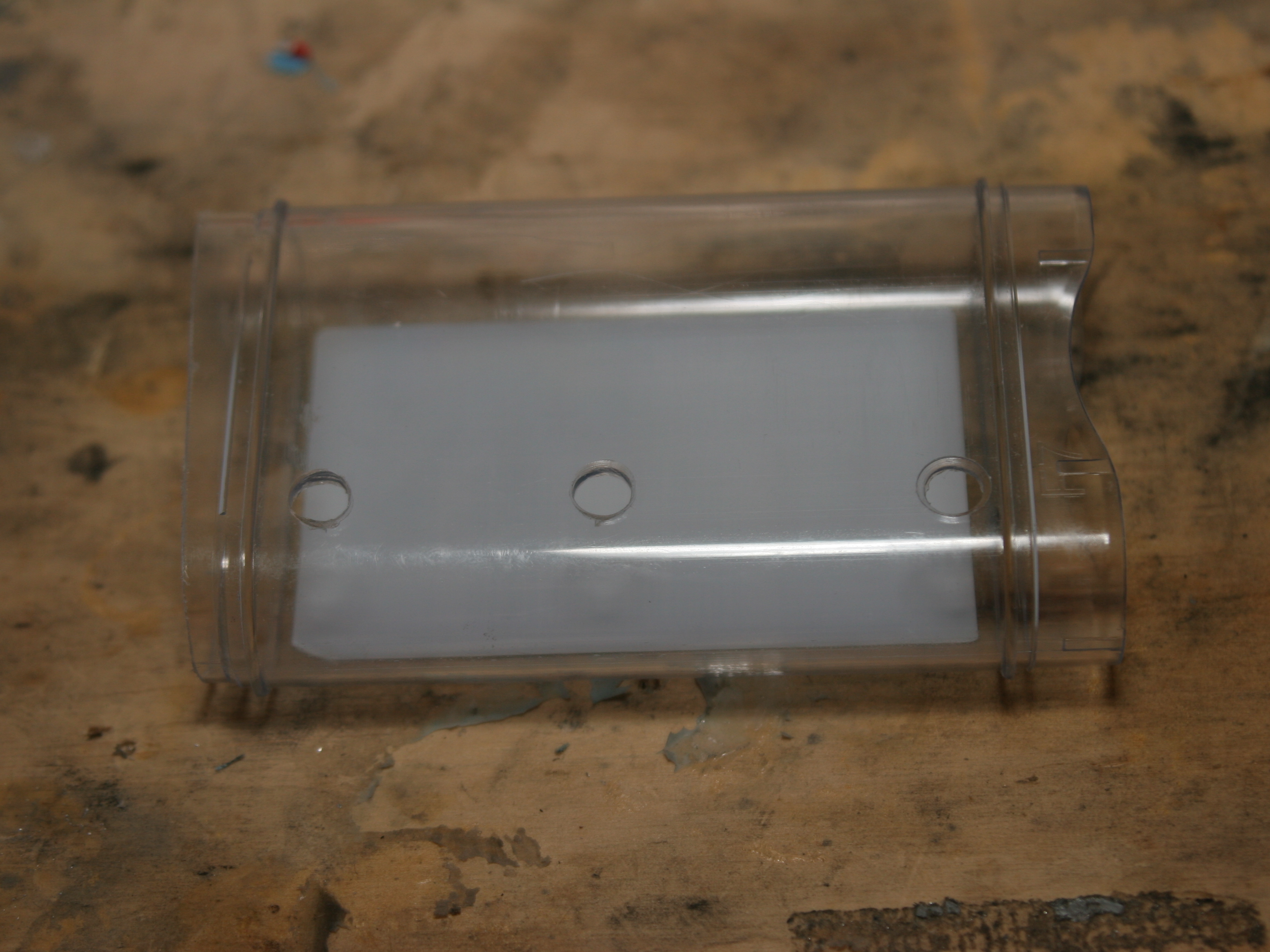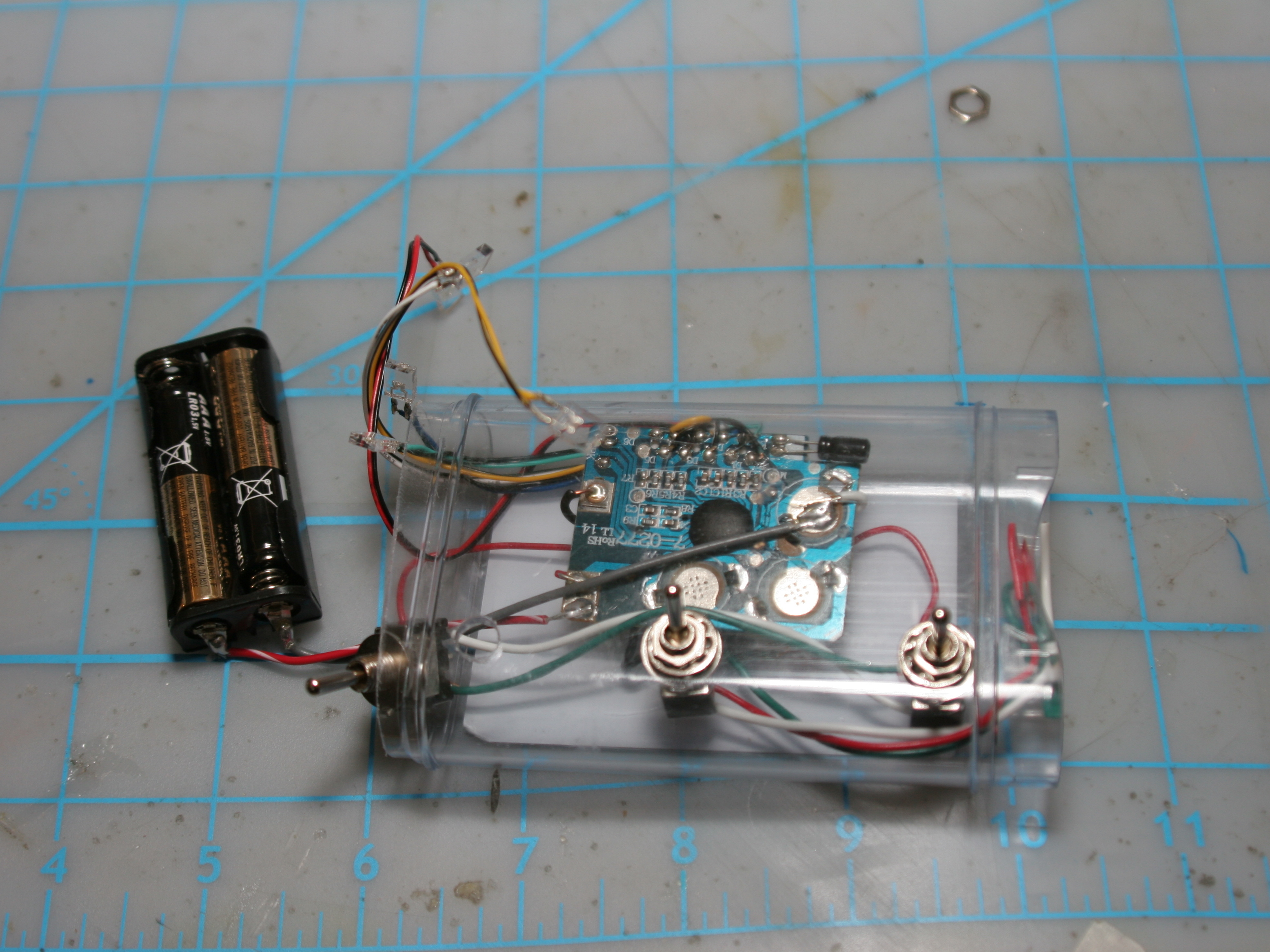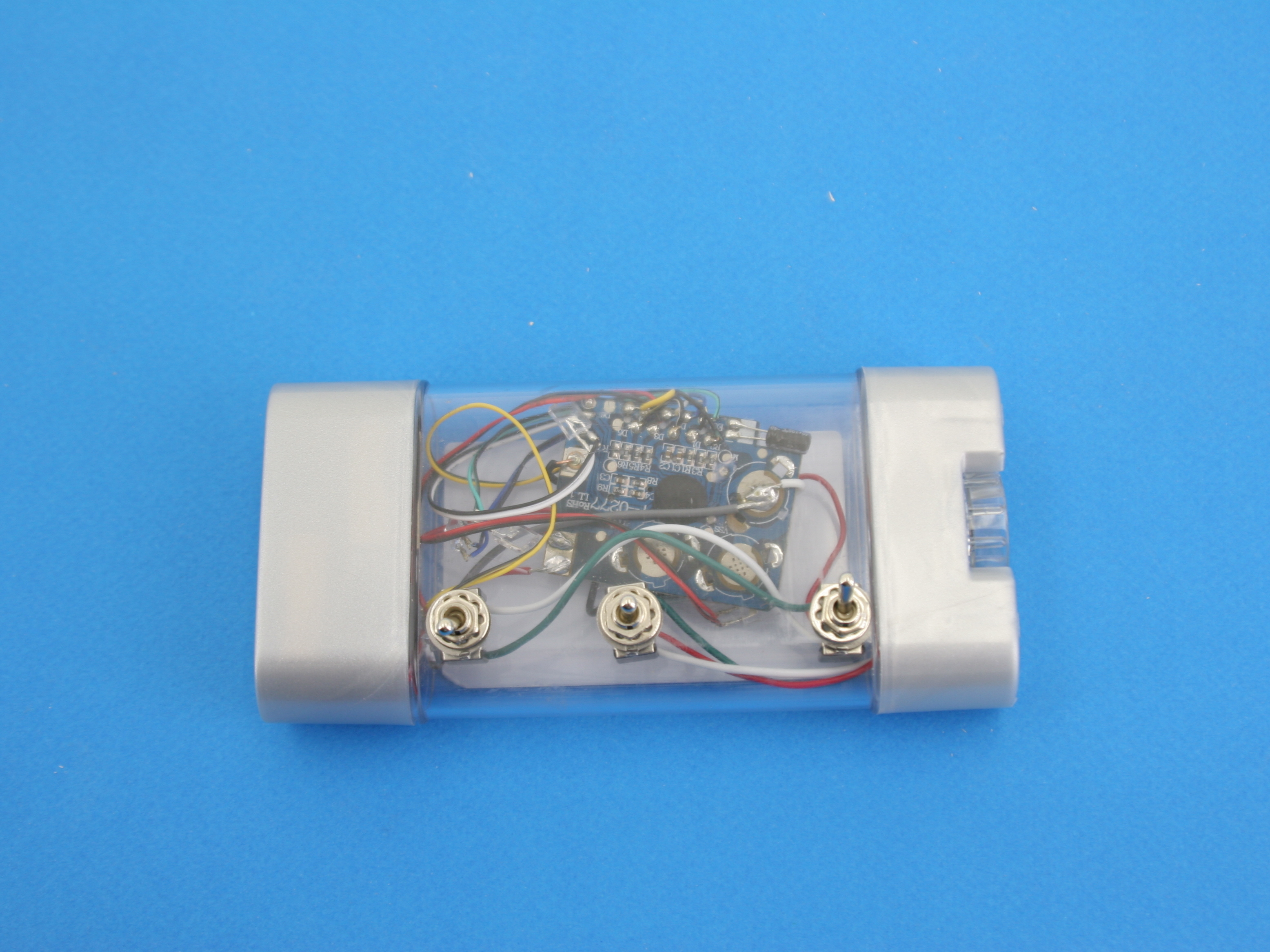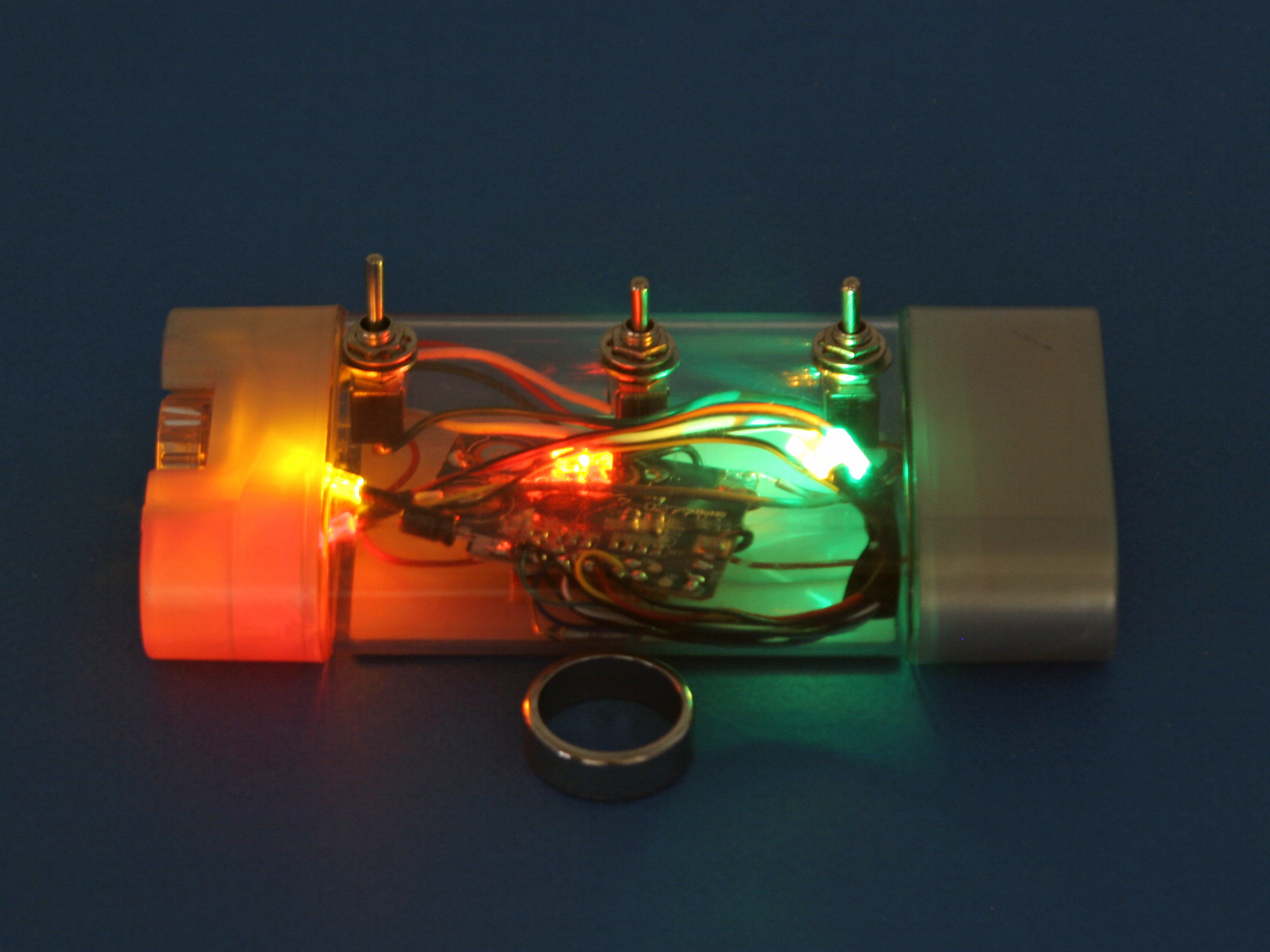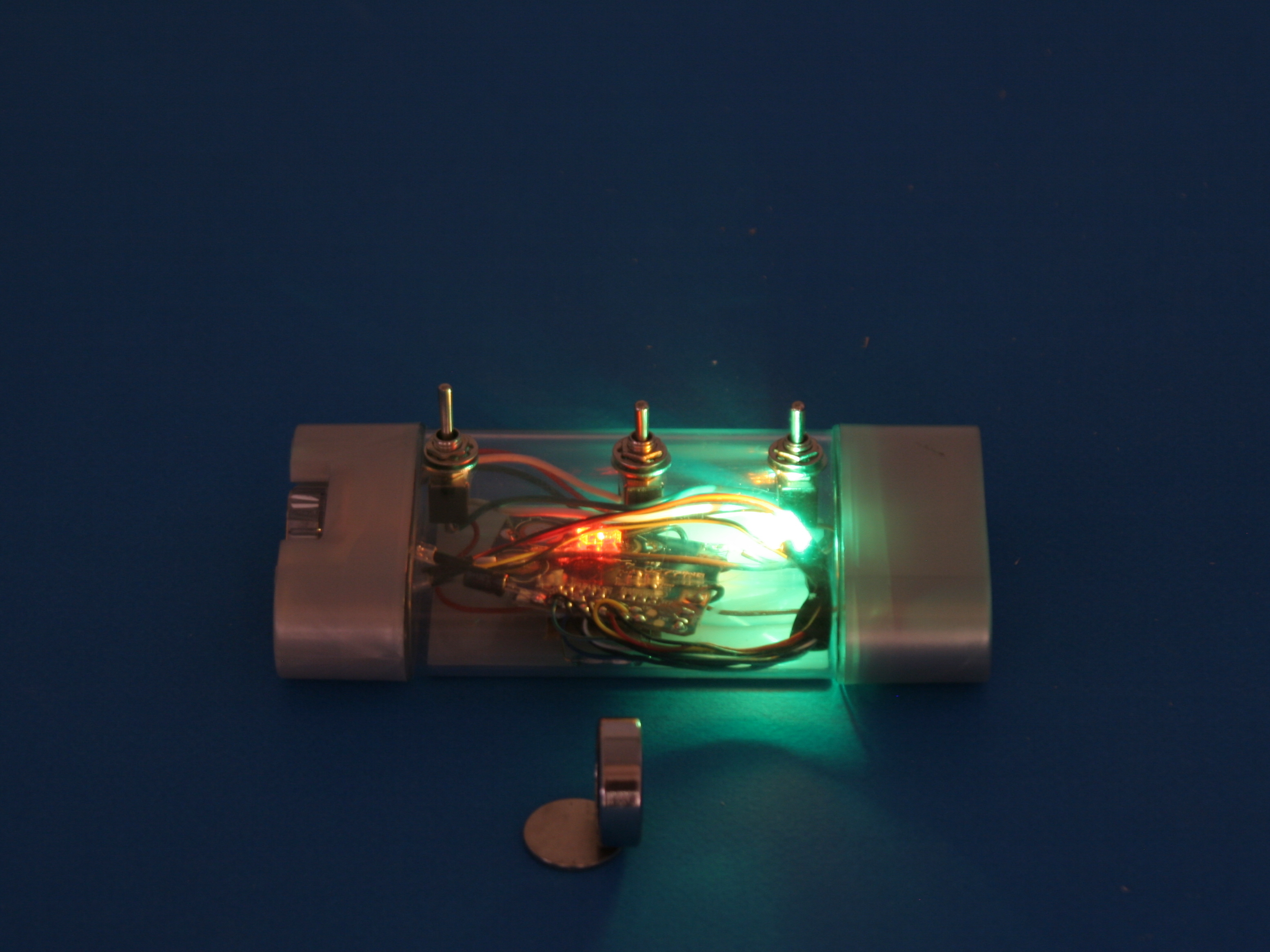Everyone loves a good mystery. Give someone this nifty magic gadget and tell them there’s a way to toggle the switches that will make its LEDs light up. No matter who else tries it, or how long they keep toggling the switches, the LEDs will never light up — until you do it. Revealing the Mystery (Spoiler Alert!) A good illusionist never discloses the secret that makes a trick work. Once you do, the magic has ended. With that said, I’ll break the magician’s code and reveal how the circuit works: inside the container are two reed switches that can be activated by a magnet. You wear a special magnetic ring that activates them. To show off your unique ability to make the LEDs light up, you just hold your finger with the magnetic ring alongside one of the reed switches. This project only took two evenings to design, build, and test. Check out more Weekend Projects.
Projects from Make: Magazine
Mystery Electronic Switches
This prank gadget frustrates as people try to flip its three switches to light LEDs, but only you know the secret.
